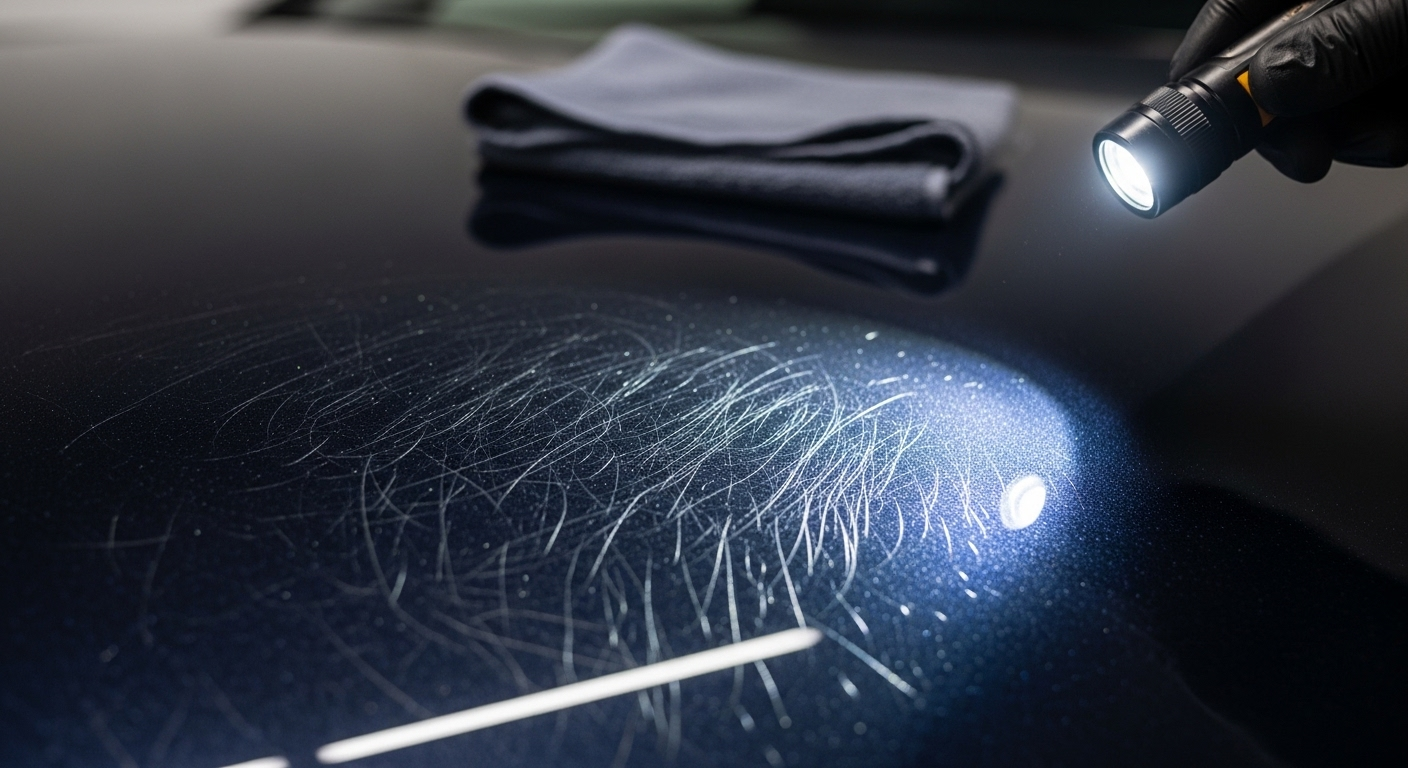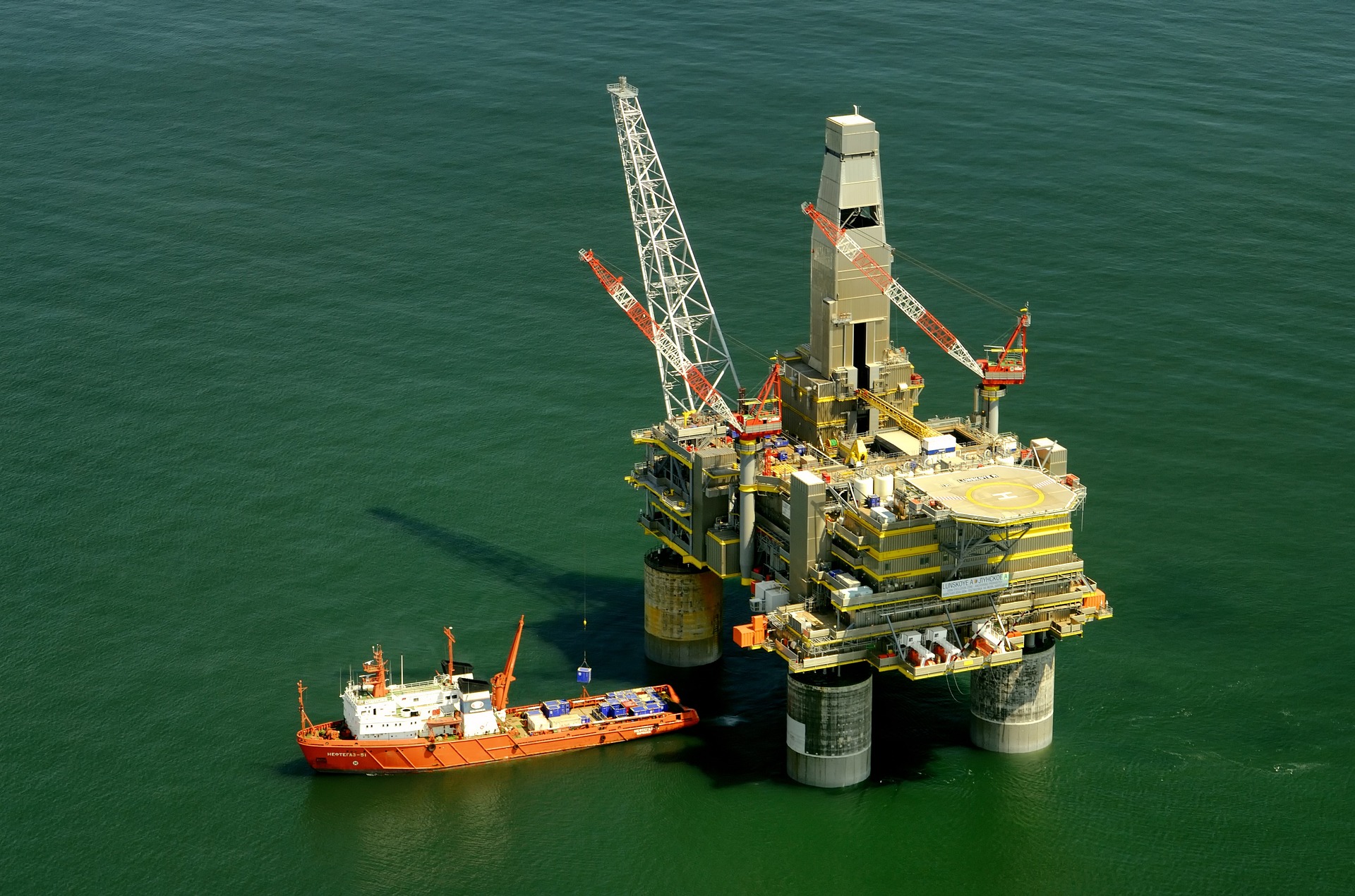Car Ceramic Coating: How Protective Coatings Help Maintain Paint and Vehicle Appearance
Ceramic coatings are often used as a durable layer that helps protect automotive paint from common environmental factors. This type of coating may support long-term appearance by reducing the impact of UV exposure, road debris, and surface contaminants. Many drivers choose ceramic treatments to enhance paint longevity and maintain a clean, glossy finish with less frequent upkeep. This general overview explains how these coatings work, what they typically include, and the considerations involved before choosing one.

Modern automotive paint faces constant threats from environmental factors, road debris, and daily wear. Ceramic coating technology has emerged as a comprehensive solution for vehicle owners seeking superior paint protection and enhanced aesthetics. This protective system offers significant advantages over traditional waxes and sealants, providing durable coverage that can last several years with proper maintenance.
Understanding Ceramic Coating Technology
Ceramic coating consists of liquid polymer solutions containing silicon dioxide (SiO2) or titanium dioxide (TiO2) nanoparticles. When applied to vehicle surfaces, these compounds undergo a chemical bonding process with the paint’s clear coat, creating a semi-permanent protective layer. The nanotechnology involved allows the coating to fill microscopic pores in the paint surface, resulting in a smooth, hydrophobic barrier that repels water, dirt, and contaminants.
The curing process typically takes 24-48 hours, during which the coating hardens and forms strong molecular bonds with the underlying surface. Professional-grade ceramic coatings often contain higher concentrations of active ingredients compared to consumer products, resulting in enhanced durability and performance characteristics.
How Ceramic Coating Helps Protect Paint
The protective benefits of ceramic coating extend far beyond surface-level enhancement. The hardened layer provides resistance against UV radiation, which can cause paint oxidation and fading over time. Chemical contaminants such as bird droppings, tree sap, and road salt have reduced ability to penetrate the protected surface, making removal easier and preventing permanent damage.
The coating’s hydrophobic properties create a self-cleaning effect, where water beads up and rolls off the surface, carrying away loose dirt and debris. This characteristic significantly reduces the frequency of washing required and minimizes the risk of swirl marks during cleaning. Additionally, the smooth surface texture reduces friction, making it more difficult for contaminants to adhere to the paint.
Appearance and Gloss Enhancement
Beyond protection, ceramic coating dramatically improves vehicle aesthetics by enhancing depth, clarity, and gloss levels. The smooth, uniform surface reflects light more effectively, creating a mirror-like finish that intensifies the paint’s natural color saturation. Dark-colored vehicles particularly benefit from this enhancement, displaying richer, more vibrant tones.
The coating eliminates minor surface imperfections and swirl marks by filling microscopic scratches, resulting in a flawless appearance. This optical enhancement effect remains consistent throughout the coating’s lifespan, maintaining the vehicle’s showroom appearance without the need for frequent polishing or waxing.
Maintenance and Care After Application
Proper maintenance ensures maximum longevity and performance from ceramic coating applications. Initial care requires avoiding water exposure for 24-48 hours post-application to allow complete curing. During this period, the vehicle should remain in a controlled environment away from dust, moisture, and temperature fluctuations.
| Service Provider | Coating Type | Cost Estimation | Warranty Period |
|---|---|---|---|
| Professional Detailers | 9H Ceramic Coating | $800-$1,500 | 2-5 years |
| Automotive Dealerships | Factory-Grade Coating | $1,200-$2,000 | 3-7 years |
| Specialty Coating Shops | Multi-Layer Systems | $1,500-$3,000 | 5-10 years |
| DIY Application Kits | Consumer-Grade Products | $50-$200 | 1-2 years |
Prices, rates, or cost estimates mentioned in this article are based on the latest available information but may change over time. Independent research is advised before making financial decisions.
Ongoing maintenance involves using pH-neutral washing products and avoiding harsh chemicals or abrasive materials. Regular inspection helps identify any coating degradation or damage requiring professional attention. Most ceramic coatings benefit from annual maintenance treatments to restore optimal performance and extend their protective lifespan.
The investment in ceramic coating technology provides substantial long-term value through reduced maintenance requirements, preserved paint condition, and enhanced resale value. Vehicle owners can expect years of superior protection and aesthetic enhancement when choosing quality products and professional application services.



